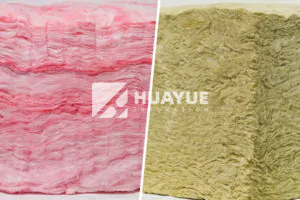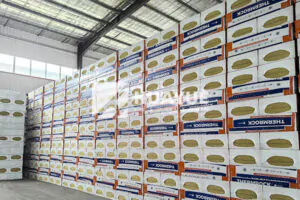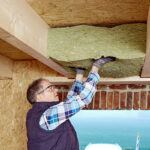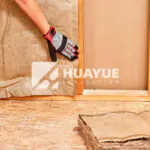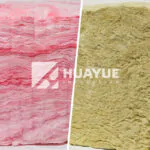Rockwool Insulation for 2x4 Walls: What’s the Best Fit?
Homeowners want warmth, comfort, and lower energy costs. Choosing the right wall insulation means balancing thickness, safety, and energy rules. Avoid hidden problems with the right pick.
Rockwool is one of the top choices for insulating 2×4 walls. You can use specially designed Rockwool batts for 2×4 framing, usually rated R15 to R16. This achieves good thermal performance without overstuffing the wall cavity.
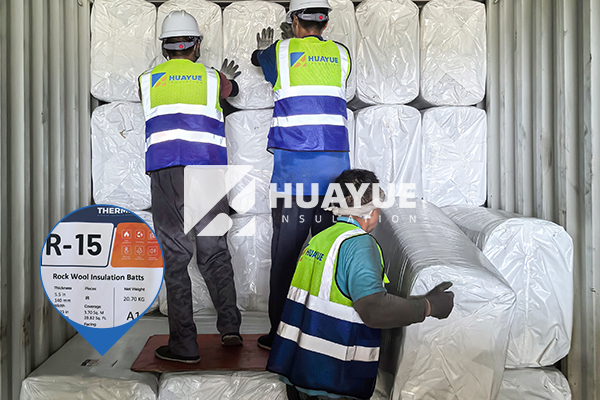
No project is one-size-fits-all. I have renovated older homes and seen firsthand that cavity insulation must fit well and perform reliably. Overfilling, underfilling, or using the wrong type causes airflow paths and weak spots. If you want safe, effective walls, read on as I answer your core questions and share what works best for 2×4 wall insulation.
What is the thickest insulation I can put in a 2×4 wall?
Home renovators try to squeeze in the highest R-value insulation possible to boost comfort, but the wrong thickness can backfire fast.
The thickest insulation you can safely use in a standard 2×4 wall is R15 or R16, which matches the typical 3.5-inch cavity depth. Using an insulation that’s too thick compresses the material, reduces efficiency, and can cause moisture and air issues.
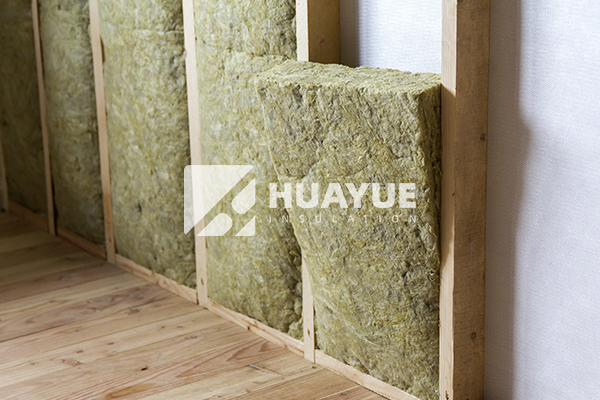
I have replaced insulation in 2×4 walls during remodeling projects. Trying to fit thicker batts, like R19, often led to bulging drywall and squashed insulation with poor performance. There is a science behind why. The insulation works best when it fully fluffs out to its design thickness. Compressing it reduces the air pockets that trap heat. That means less thermal protection and more chance of moisture. The industry standard for 2×4 walls is to use batts that are 3.5 inches thick, matching the actual stud depth.
Here’s a table comparing the standard insulation types for 2×4 walls:
| Insulation Type | Typical R-value | Max Thickness for 2×4 Wall | Risks if Overfilled |
|---|---|---|---|
| Rockwool (Mineral Wool) | R15 – R16 | 3.5 inches | Thermal inefficiency, moisture problems |
| Fiberglass | R13 – R15 | 3.5 inches | Same as above |
| Foam Board | Variable | Varies | Air leaks, uneven fit |
Sticking to the right thickness is the best way to ensure your insulation works at its peak.
Is it okay to put R19 in a 2×4 wall?
Many folks are tempted by higher R-value batts, but sometimes "more" is not really "better" in wall cavities.
R19 insulation is not ideal for a 2×4 wall because it is thicker than the stud cavity. Compressing R19 batts to fit a 3.5-inch wall will lower their effective R-value and can create moisture risks or bulging walls.

I have seen builders try to pack R19 batts into 2×4 stud walls. It led to stiff, bulging panels, and lower insulation effectiveness. R19 batts are designed for 2×6 walls, where their full thickness is allowed to expand. If you compress insulation, you reduce its ability to insulate. The fibers get pinched together, so the material cannot trap enough air. Instead of getting R19, you usually end up with performance closer to R15 or even lower.
Here’s how compression affects R-value for common insulation thicknesses in 2×4 vs 2×6 walls:
| Batts Rating | Designed Thickness | R-value in 2×4 Wall (Compressed) | R-value in 2×6 Wall (Full) |
|---|---|---|---|
| R13 | 3.5 inches | R13 | N/A |
| R15/R16 | 3.5 inches | R15/R16 | N/A |
| R19 | 6.25 inches | About R15 | R19 |
So keep things simple—use batts rated for your wall depth.
Can you use ROCK WOOL in stud walls?
Many ask about using mineral wool batts in framed walls. Is Rockwool a good match for standard stud construction?
You can absolutely use Rockwool (mineral wool) in 2×4 stud walls. Rockwool batts are designed for standard cavity sizes and provide excellent fire resistance, moisture control, and sound isolation.
I have installed Rockwool in both new builds and renovations. The batts cut easily and fit snug between studs. Mineral wool does not sag or settle, which keeps performance high over time. For 2×4 walls, choose batts specifically made for 3.5-inch cavities. They keep the insulation dry and mold-free since Rockwool does not absorb water. In projects where fire safety or sound reduction were priorities, I found Rockwool had a clear edge over basic fiberglass. It resists heat up to 1000°C, so it’s especially good for keeping spaces safe.
The main benefits of Rockwool in 2×4 stud walls include:
| Feature | Rockwool Benefits |
|---|---|
| Fire Resistance | Non-combustible up to 1000°C |
| Moisture Control | Does not absorb water |
| Sound Reduction | Dampens noise between rooms |
| Fit | Made for standard stud wall cavities |
| Durability | Resists sagging, mold, and pests |
For standard stud walls, Rockwool is a simple, safe, and powerful choice.
What is the R-value of an insulated 2×4 wall?
Getting the right R-value in your 2×4 wall is key for comfort and saving energy costs.
A properly insulated 2×4 wall with Rockwool or fiberglass batts reaches about R15 to R16. This meets most local energy codes for wall insulation in standard frame construction.
I have followed code requirements and checked with building inspectors. The R-value of a wall depends on the insulation type and the cavity depth. For a 2×4 stud wall, you want batts designed for 3.5 inches thick. Rockwool offers R15 or R16 batts for these walls. Sometimes you see R13 fiberglass, but higher is better and still fits easily. The R-value tells you how well the wall resists heat. In cold climates, a higher R-value means a warmer home. In warm regions, it means lower cooling bills. Some builders add foam board outside the studs to boost R-values, but inside the wall cavity, R15-R16 is the right spot.
Here is a breakdown:
| Wall Framing | Recommended Insulation | Typical Insulation R-value | Improved Total Wall R-value (with Sheathing/Foam) |
|---|---|---|---|
| 2×4 Stud Wall | Rockwool/Fiberglass | R15 – R16 | Up to R20 – R22 |
| 2×6 Stud Wall | R19/R21 Batts | R19 – R21 | Up to R30 |
Always use insulation with the highest R-value that fits safely in your wall.
Conclusion
Rockwool batts rated R15 or R16 are the best match for 2×4 walls, giving safe, durable, and effective insulation performance.
You may also be interested in:
Ready to Get Started?
Get in touch with our experts for personalized solutions tailored to your needs.
Get Free QuoteLatest Articles
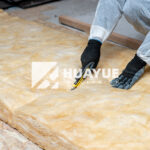
How to Cut Fiberglass Insulation Easily and Safely?
Nov 21, 2025

Does fiberglass insulation burn?
Nov 19, 2025
Let's Work Together
Ready to take your business to the next level? Get in touch with our team of experts and let's discuss how we can help you achieve your goals.
Get Free Solutions

